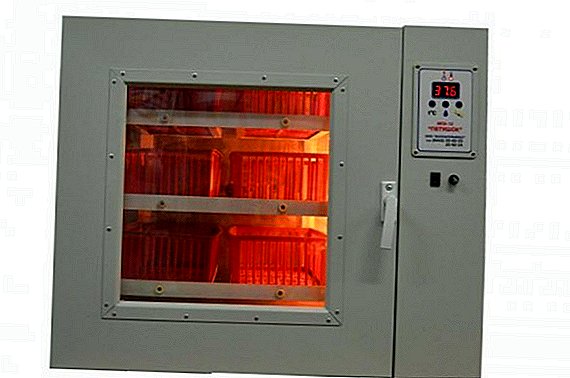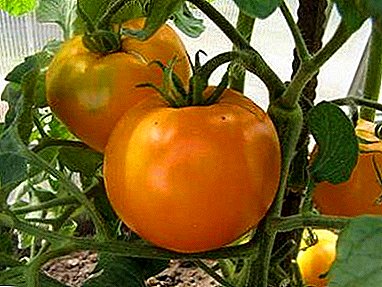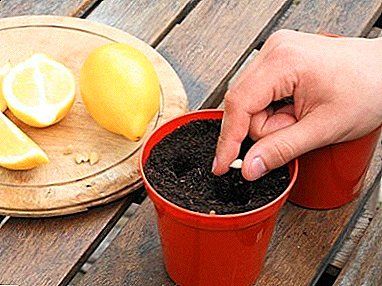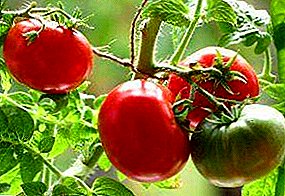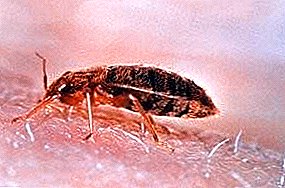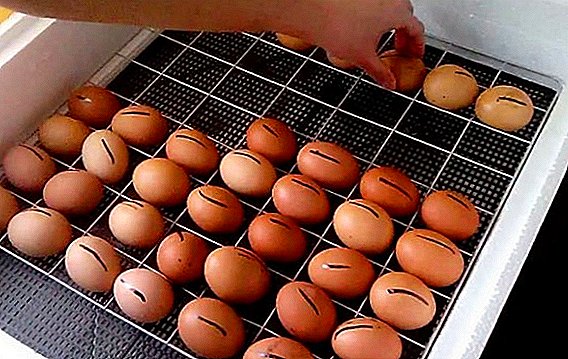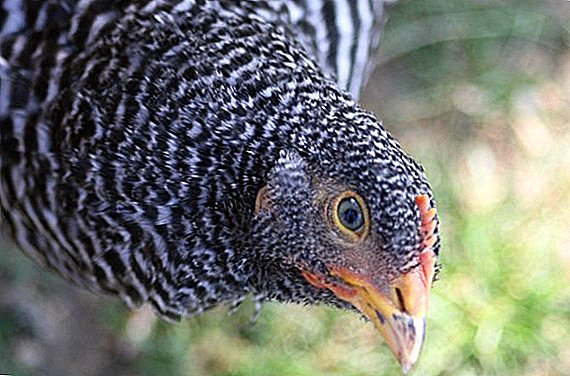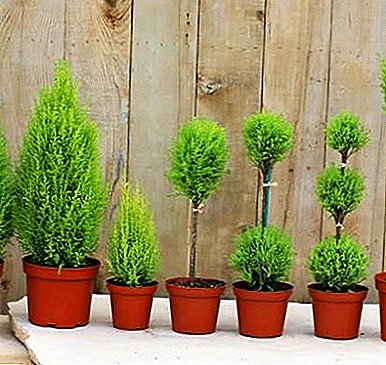
Home cypress is an evergreen plant that is very similar to a wild cypress, though smaller.
It is very popular with gardeners, it is actively grown in apartments and offices.
In a pot, this plant looks like a miniature tree with a regular pyramidal crown. And its needles emit useful phytoncides and smell good.
But not everything is so simple in growing it as we would like. In this article we will talk in detail about what diseases and pests threaten him and what needs to be done to avoid them.
This cute tree is demanding to the environment, and at the slightest deviation from them begins to hurt. One of the most common problems is when the cypress dried up.What to do in this case, what care should he provide?
Diseases
 Many growers say that home cypresses are prone to yellowing and drying, their needles fall off. This is his reaction to uncomfortable conditions, the impact of adverse environmental factors. The fact is that the cypress is capricious and for the right content you have to work hard and create favorable conditions for the plant.
Many growers say that home cypresses are prone to yellowing and drying, their needles fall off. This is his reaction to uncomfortable conditions, the impact of adverse environmental factors. The fact is that the cypress is capricious and for the right content you have to work hard and create favorable conditions for the plant.
All types of cypress need to create certain comfortable conditions. In the indoor environment most often grown Evergreen, Siberian cypress and Goldcrest Vilma.
Why the cypress room dries? If the cypress home dries, you must first determine whether it is being properly maintained.
Cypress need:
- Good lighting.
This plant is very fond of light, and therefore should be under bright lighting for at least 10 hours a day. In the period when the duration of daylight is shorter (from late autumn to early spring), you need to take care of additional lighting. But, Do not expose to direct sunlight. - tree need pritenyat
- Temperature.
Cypress does not like high temperatures, the most comfortable for it is + 18-20 degrees. When the temperature in the room is from +27 degrees, its needles begin to dry and fall off actively - in such a situation, the pot should be quickly transferred into the shade and at least 2-3 times a day be poured with water. Besides, the plant does not tolerate being in a draft.
- Watering.
The plant very often begins to dry due to rare watering. But the overflow is dangerous for him - because of the increased humidity, root rot can begin, after which the cypress is usually sent to the bucket. Watering should be done when the top layer of the soil dries out, while controlling that the excess water passes well through the holes in the pot.
For watering you need to use thawed or well defended water. - the plant reacts negatively to the presence of impurities of chlorine and heavy metals.
- Fertilization.
Cypress does not like the lack of minerals in the soil. It is best to feed it with liquid fertilizer for coniferous plants, or granules, which dissolve within 2 weeks, being a constant source of nutrients. Fertilizing is not necessary if recently transplanted to a new land.
- Regular transplant.
With a strong growth of the roots, the crown begins to dry. This happens due to the fact that the roots occupy the entire space of the pot and it is difficult to draw nutrients. To prevent this from happening, it is advisable to replace the cypress every 2 years in a more spacious pot.
How to transplant cypress:
The procedure is as follows. Cypress tree is taken over the base of the trunk, the pot is turned over and an earthy ball is pulled out of it. After that, the root system is carefully cleaned from the old earth.
At the bottom of the new pot, a thick layer of drainage filler is poured to eliminate stagnant water, and then the earth is placed. After filling the voids between the roots, the ground can be a little tamped.
By the way, cypress can be propagated independently, with the help of seeds. Read about this detailed article on our website.
Pests
 Homemade cypress is exposed to infection of ordinary flower pests - scutes, aphids, spider mites. In order to reduce the chances of their appearance, you need to follow the rules of care and regular inspection.
Homemade cypress is exposed to infection of ordinary flower pests - scutes, aphids, spider mites. In order to reduce the chances of their appearance, you need to follow the rules of care and regular inspection.
The main pests of indoor cypress:
- Spider mite braid shoots thin white cobweb. When it is detected, the plant should be washed with soapy water and treated with insecticides.
- Shchitovka looks like convex brown spots on the branches and trunk. It clings to the plant and consumes its juice, because of which the cypress can dry and fall off. To combat this pest, it is necessary to wash the plant with a solution of soap, if this does not help, then spray any chemical agent from pests.
- Aphid is a small whitish insects, mostly living on the back of the leaves. It is destroyed only by specialized preparations, and the spraying must be repeated after a while.
Conclusion
Cypress suffers from improper care and the appearance of ordinary flower pests. If the plant has become yellow and dry, you need step by step check compliance with the conditionsin which it is located.



